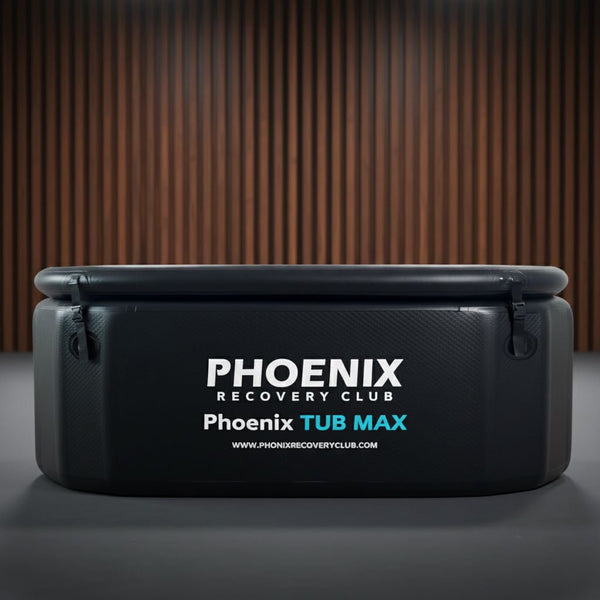
Here's a detailed summary of the points discussed and conclusions from the episode on deliberate cold exposure for health and performance, presented by Andrew Huberman
Points Discussed
Introduction to Deliberate Cold Exposure:
Use for improving mental health, physical health, and performance.
Importance of understanding how cold impacts the brain and body.
Thermoregulation:
Body temperature varies according to a circadian rhythm.
Cold exposure and mechanisms of body temperature regulation.
Mental and Physiological Effects of Cold Exposure:
Increase in norepinephrine and adrenaline.
Improvement in mental resilience and stress-handling capacity.
Use of cold exposure to boost dopamine levels, enhancing mood and cognitive capacity.
Cold Exposure Protocol:
Importance of gradual progression.
Using cold environments in a controlled and safe manner.
Protocol for increasing mental resilience: identifying and overcoming mental "walls" during cold exposure.
Effects on Metabolism and Body Composition:
Conversion of white fat cells into beige or brown fat cells, increasing metabolism.
Importance of inducing shivering to maximize metabolic effects.
Temperature Regulation via Glabrous Skin:
Effective cooling through palms, soles, and upper face.
Benefits for performance and hyperthermia prevention.
Cold Exposure and Testosterone:
Discussion on the potential impact of cold exposure on testosterone levels.
No solid evidence but plausible mechanisms involving dopamine and vasodilation.
Using Cold Exposure to Enhance Recovery
Using Cold Exposure to Enhance Recovery
Reducing Inflammation:
Cold exposure can help reduce post-exercise inflammation.
Decreases inflammatory cytokines like interleukin-6 (IL-6) and increases anti-inflammatory cytokines like interleukin-10 (IL-10).
Improving Recovery:
Cold-water immersion is an effective recovery tool after high-intensity exercise.
Studies show that cold-water immersion can reduce muscle soreness and improve perceived recovery by athletes.
Cold Exposure Protocol Post-Training
Cold-Water Immersion vs. Cold Shower:
Immersion up to the neck in cold water is more effective than cold showers for recovery.
Cold showers are a valid alternative if full immersion is not possible.
Duration and Temperature:
Immersion sessions can be short (1-5 minutes) at very low temperatures to maximize benefits.
Longer sessions (up to 60 minutes) at moderate temperatures (57.2 °F / 14 °C) showed significant metabolic increases.
Timing of Cold Exposure
After Strength/Hypertrophy Training:
Avoid cold-water immersion within four hours post strength/hypertrophy training to not hinder muscle growth and strength gains.
Based on data showing that cold exposure can reduce inflammatory processes necessary for muscle growth.
After Endurance Training:
Cold-water immersion after endurance or high-intensity training is beneficial for reducing muscle soreness and improving recovery.
Short, cold exposures post-training are supported by studies showing positive recovery effects.
Impact of Cold Exposure on Performance
Training Volume:
Cold exposure can increase total training volume by making athletes feel less fatigued and recover faster between sessions.
Allows more work to be done, leading to better adaptations and performance improvements.
Example Protocols:
For endurance exercises: cold-water immersion immediately post-training for 1-5 minutes.
For strength exercises: wait at least four hours post-training before cold-water immersion if the main goal is muscle growth.
Practical Considerations and Conclusions
Practical Considerations:
- Importance of doing cold exposure when an increase in alertness is beneficial (avoid late evening to not disrupt sleep).
- Specific recommendations for cold exposure protocols, including duration and frequency.
Conclusions
- Deliberate cold exposure can be a powerful tool for improving mental health, physical performance, and metabolism.
- Gradual progression is crucial, ensuring protocols are safe.
- Benefits include enhanced mental resilience, increased metabolism, reduced inflammation, and improved recovery post-exercise.
- Timing of day for cold exposure is important to avoid sleep disruption.
- Specific protocols can be followed to maximize the various benefits of deliberate cold exposure.

Tax included









